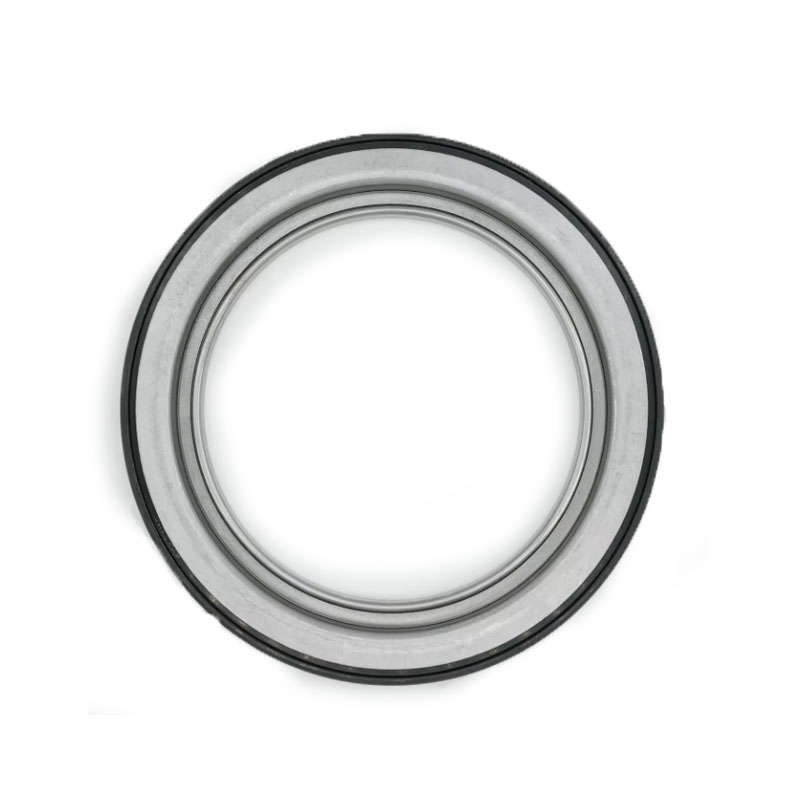Choosing the Right Oil Seal Size 12x24x5 for Optimal Performance and Durability
Understanding Oil Seals A Focus on the 12x24x5 Specification
Oil seals play a crucial role in machinery and automotive applications, primarily serving to retain lubricants and prevent contaminants from entering the interior of mechanical systems. Among various types of oil seals, the 12x24x5 oil seal is a common size that satisfies specific requirements in numerous applications. Understanding its features, functions, and applications can provide valuable insights for engineers, mechanics, and technical professionals alike.
What is an Oil Seal?
An oil seal, sometimes referred to as a radial shaft seal or grease seal, is a mechanical component designed to seal the space between a rotating shaft and a stationary housing. Its primary purpose is to prevent the leakage of lubricants—like oil or grease—and to block foreign particles from entering into the system. This sealing is vital for maintaining optimal performance and prolonging the life of machinery, preventing damage, and reducing maintenance costs.
The 12x24x5 Specification
The numerical designation of an oil seal, such as 12x24x5, indicates its dimensions in millimeters. Specifically, this means the oil seal has an inner diameter of 12 mm, an outer diameter of 24 mm, and a width of 5 mm. These dimensions are crucial as they must match the specifications of the shaft and housing where the seal is to be installed.
The material used in manufacturing oil seals is equally important. Common materials include nitrile rubber (NBR), fluorocarbon rubber (FKM), and polyacrylate rubber. NBR is frequently used due to its excellent resistance to petroleum-based oils and its overall mechanical properties. Selecting the right material depends on the operating conditions, including temperature range, chemical exposure, and the nature of the lubricants used.
oil seal 12x24x5

Applications of the 12x24x5 Oil Seal
The 12x24x5 oil seal is widely used across different industries, including automotive, manufacturing, and machinery. In automotive applications, it is commonly found in various components such as gearboxes, differentials, and engine assemblies. The seal helps maintain the lubrication necessary for smooth operation while preventing oil from leaking out, which could lead to insufficient lubrication and potential mechanical failure.
In manufacturing, equipment such as pumps and compressors often employs oil seals to ensure efficiency and reliability. By keeping lubricants in and contaminants out, these seals play a vital role in the overall performance and longevity of machinery.
Installation and Maintenance
Proper installation of the 12x24x5 oil seal is critical to its effectiveness. Misalignment, improper seating, or inadequate lubrication during installation can lead to premature failure. It is essential to follow manufacturer guidelines and specifications for installation procedures. Regular maintenance checks should also be conducted to monitor the condition of the seals. Signs of wear or damage, such as visible leaks or contaminants present in the lubricated area, indicate that a seal replacement might be necessary.
Conclusion
The 12x24x5 oil seal is a small but significant component that plays a vital role in the functionality and durability of various mechanical systems. Understanding its specifications, applications, and maintenance practices can aid professionals in ensuring optimal performance of machinery and vehicles. As technology advances and materials improve, the importance of selecting the right oil seal for specific applications will only continue to grow, safeguarding the efficiency and reliability of engineered systems.
-
Understanding the Front Main Engine Seal: Purpose, Maintenance, and Installation
News Jul.29,2025
-
Understanding O-Rings and Seal Rings: Types, Applications, and Custom Solutions
News Jul.29,2025
-
Understanding Crankshaft Oil Seals: Rear Seals, Pulley Seals, and Their Role in Engine Integrity
News Jul.29,2025
-
The Importance of Front and Rear Crankshaft Seals in Engine Performance and Oil Management
News Jul.29,2025
-
Crank Oil Seals: Functions, Types, and Cost Considerations in Engine Maintenance
News Jul.29,2025
-
A Comprehensive Guide to O-Rings and Seals: Types, Materials, and Global Applications
News Jul.29,2025
-
Mastering Diesel and Performance Engine Maintenance: A Guide to Critical Oil Gaskets
News Jul.28,2025
Products categories















